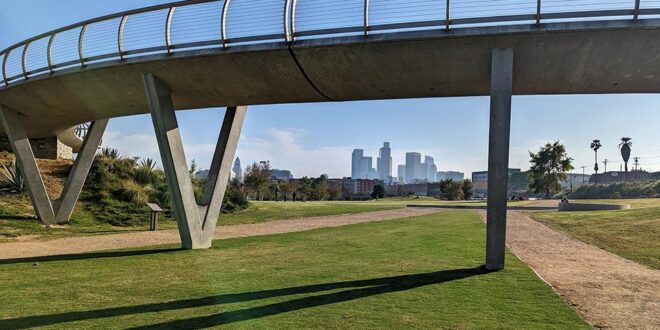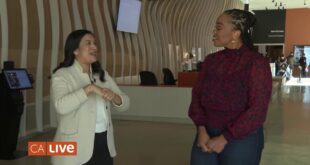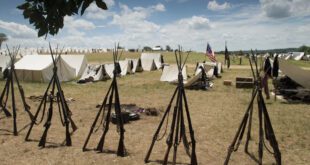Los Angeles State Historic Park
Located just north of Chinatown, Los Angeles State Historic Park was once the site of the train station where new arrivals from the East would disembark in Los Angeles. Today, the park offers green spaces for families, running and biking paths, and educational programs that aim to uncover the untold stories of the area’s diverse communities.
Rewarding Research and Development
California State University, Northridge history professor Jessica Kim and her students have been awarded a grant of over $100,000 by the California Department of Parks and Recreation. The grant is aimed at researching and developing historical signage and educational programs for the park, with a focus on highlighting the stories of Black, Latinx, Asian, and Indigenous communities.
The project, known as the Relevancy and History Project, is part of the Department of Parks and Recreation’s initiative to promote interpretive practices and outreach to underserved communities.
Preserving the Past
Through their research, Kim and her students will delve into the history of the land where the park now stands, as well as the people who once inhabited the area. Discoveries during the construction of the adjacent A Line, such as the remains of an original irrigation ditch, provide clues to the park’s ancient roots.
The park, also known as the Cornfield, earned its nickname from the abundance of corn that would spill from train cars on the original rail line. In more recent times, the land was neglected and surrounded by industrial warehouses and rail lines.
Telling the Tale
Kim and her students are dedicated to finding innovative ways to share the park’s history with visitors. Traditional signs will be complemented by creative strategies such as QR codes or other interactive features, allowing park-goers to engage more deeply with the stories that the park holds.
A practicum class will be established in the spring of 2024, providing students with the opportunity to research the park’s history, identify its educational needs, and develop materials for the public. Additionally, paid internships will be offered to students as part of this project.
 Mind Uncharted Explore. Discover. Learn.
Mind Uncharted Explore. Discover. Learn.



